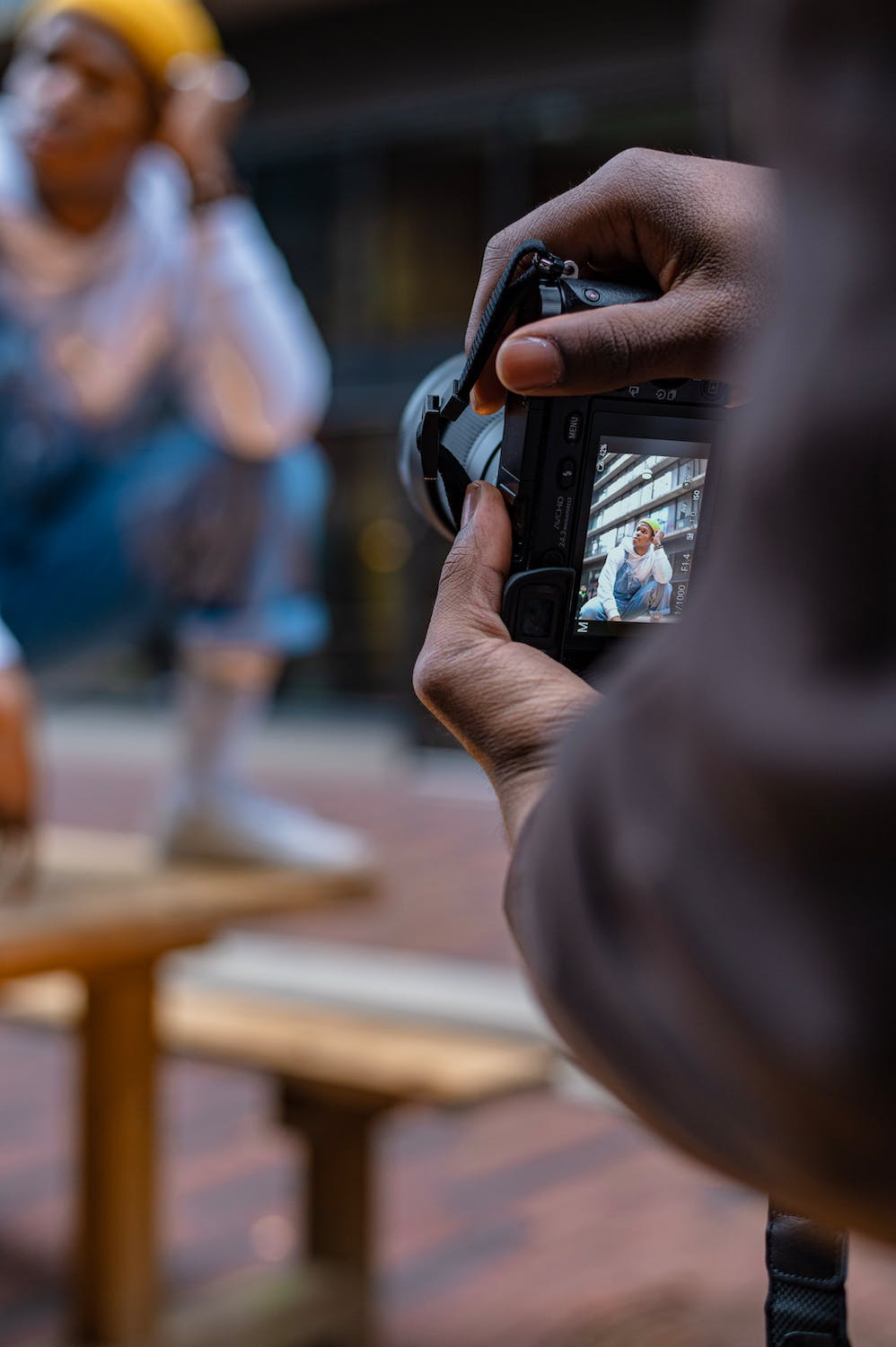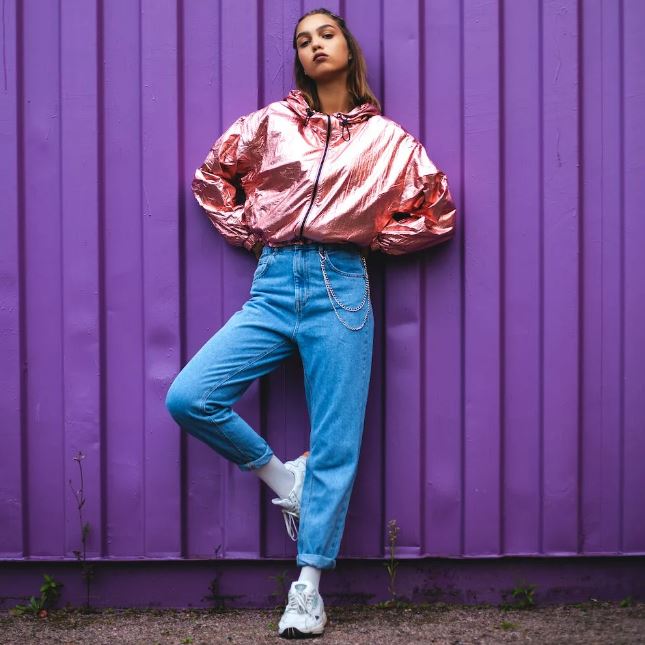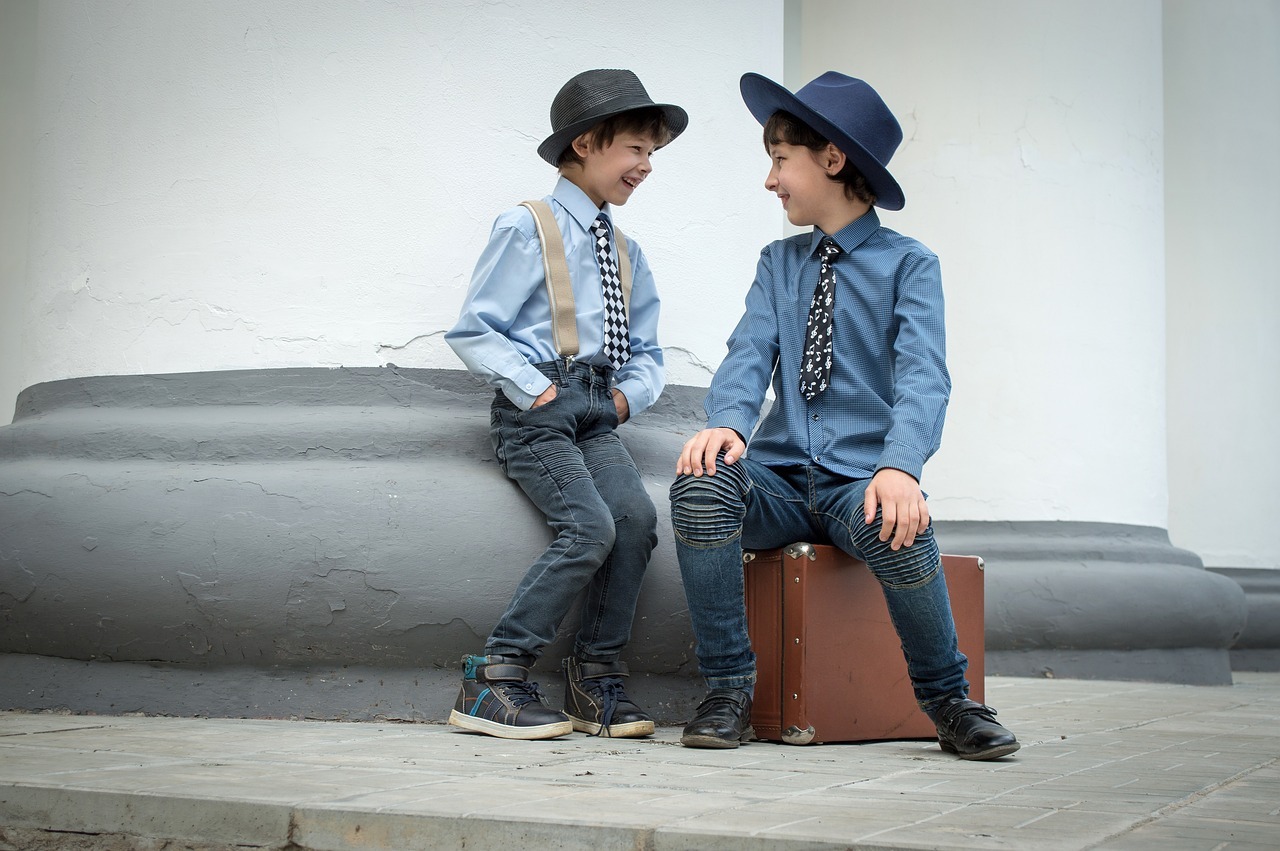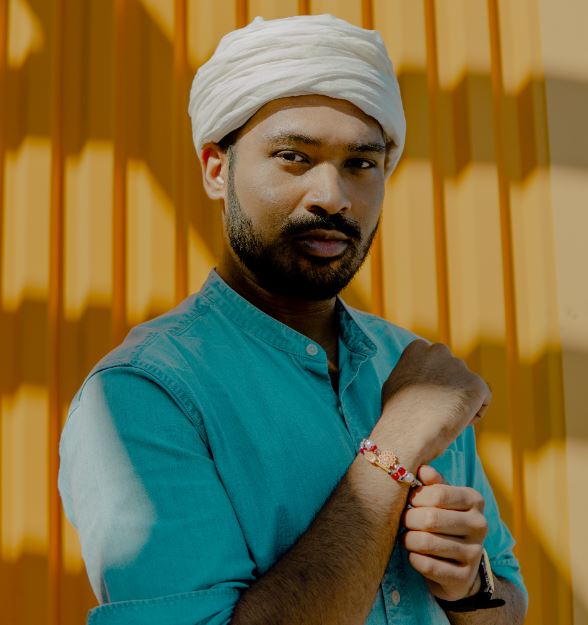Taking photos of people in our lives helps us to reinforce the memories of the good times with these people. Life is fast. The camera helps us to hold moments important to us
10 Tips for Photographing People
1. Declutter Your Backdrop
Portraits pack a bigger punch when the subject stands out amid the background, so if you’re dealing with a lot of distractions behind the person you’re photographing, simply aim up or down! The upward technique works best with outdoor locations and a decent stretch of sky, while aerial images can work in almost any environment. Grassy fields and simple-patterned blankets all make great backdrops, so get creative and start redirecting your gaze toward the less obvious.
2. Tell a Story
Step back and watch your subject through your lens, which is literally through your screen. Instead of trying to capture one specific shot, let the moment unfold. Don’t be afraid to take more than one shot as it all comes to life; I usually end up with a series of shots by using burst mode. This lets me be a part of the moment, and it brings the full story into the photo. Invest yourself in the shot!
3. Tap to Brighten
Explore the mood of a subject or location by playing with the exposure (aka the lighting). You can do this by tapping the middle of your phone and then using the “sun icon” to drag the yellow square up and down. This will make the area lighter or darker, and it will put the emphasis on the person in the photo.
4. Stop Time
There is one way to capture the moment. While taking stills during a video. You can do this by hitting the white shutter button on the bottom left of the video screen. Use that forward-facing camera of yours while in movement to capture unfiltered emotion.
5. Know Your Subject
When taking a posed photo, there can be an element of discomfort. And whether it’s bringing music or a list of questions to ask, occupying the space between allows for you to create a stronger connection with your subject — and therefore a more genuine photo that shows their personality.
6. Make Windows Work
Windows never disappoint when looking for interesting light. They’re easy to find and fun to play around with: as a fixed light source, you can move yourself and your subject around to create different looks and moods. Depending on the direction of the sun, the weather conditions, the window position, and even window treatments — lighting can be soft and ethereal, or direct and dramatic. Experiment as much as you can to find the light that makes you tick!
7. Adjust Your Altitude
When photographing shadows, make sure that the light is consistent in the frame — you can do this by photographing the subject from up above, or I position yourself lower to the ground.
8. Go the Distance
You can Portrait mode on your iPhone — but always think of spacing first. To create a blurry effect, have your subject stand at least 10+ feet away of the background. Try it out and they’ll never know you took the photo on your phone!
9. Capture Personality
Know the person you are photographing, and you’ll be able to capture their genuine emotions in a powerful way.
10. Look for the Anti-Pose
There’s something to be said for images that capture a slice of action and raw, genuine, in-the-moment expression. Try taking a more documentary approach to photographing people by placing yourself among the activity — get ahead of the shot by predicting what’s about to occur in front of your phone lens.
Things to Remember While Photographing People
1. Be realistic
If you’re just starting out photographing people, don’t expect too much of yourself or over-promise your abilities.
As long as you’re knowledgeable about camera settings, lighting, composition/posing, and editing, you’ll get some good images, and your clients will likely be pleased.
2. Simplify everything
You can produce stunning shots of people without making things overly complex.
Make sure you position your subjects in front of simple scenes.
3. Use the right people photography settings
There’s no array of best settings that you can use for consistent results – the perfect settings always depend on the situation.
But here are the recommendations:
- Work in Aperture Priority mode, which will let you dial in your desired aperture and ISO while your camera chooses the perfect shutter speed (for a good exposure). It’s the camera mode that many portrait photographers use, and it’ll offer control over key settings while also automating the exposure process.
- If you’re photographing one or two people, a wide aperture is a good call – at f/2.2, for instance, you can keep the eyes and face in focus while creating a beautifully blurry background. If you’re photographing groups of three or more, I’d recommend narrowing the aperture to at least f/2.8 (and you may need to narrow the aperture further depending on the situation).
- If you’re using natural light, dial in the lowest ISO you can afford. If you’re working in bright light, ISO 100 is a good starting point; if you’re working in the shade or in the late evening, ISO 400 is an option; and if you’re shooting indoors, you may need to boost your ISO to 800 and beyond.
- If you’re using strong artificial light (such as flashes or studio strobes) set your ISO to 100 and forget about it.
- Shoot in RAW; this will give you extra wiggle room when editing (though RAW photos will take up more space, so be sure to bring plenty of memory cards!).
- Let your camera choose the shutter speed (using Aperture Priority), but pay attention to its value. If the shutter speed drops below 1/200s or so, consider boosting the ISO or widening the aperture to force the shutter speed upward and to improve sharpness.
4. Shoot from your subject’s eye level or higher
For the best, most flattering setup, shoot from your subject’s eye level or above. An eye-level angle will prevent any perspective distortion, and it’ll create an intimate connection between the subject and the viewer.
And if you shoot from above, you can subtly slim down the subject while emphasizing their eyes and face.
5. Help the subject relax
The best people photos look natural. Sure, they might be posed, but the subject’s expression and demeanor should seem casual and relaxed.
Whenever you start a new session or approach a new subject, you shouldn’t just dive in with your camera. First, spend some time talking about non-photographic things: the weather, the weekend, interests, etc.
And once you start shooting, don’t work in silence. Keep the conversation going! That way, your subject stays relaxed, and you’ll get plenty of natural-looking photos.
6. Do some post-processing (but not too much!)
Once you’ve finished a session or event, import all your files into your favorite post-processing software. Then go through and pick out the best images for editing.
Next, make some basic adjustments. Fix the white balance, correct the exposure, and consider adding a bit of contrast and saturation for extra pop. If the composition feels off, don’t be afraid to crop (though don’t crop too heavily – otherwise, you’ll lose pixels and image quality will suffer).
Finally, if your subject has any blemishes, you might try removing them. This is a personal decision, however, and will depend on both you and your subject.
7. Don’t try to turn a photoshoot into something it’s not
It’s important to always tailor your photos to the client’s needs and interests. Make sure the photos fit the purpose.
How to Shoot Candid Street Photography (Photos of Strangers)
Street photography is one of the most exciting and challenging forms of photography. It can be a great way to capture everyday life as it happens, and to document people in their natural environment.
Going unnoticed while people go about their daily lives is the essence of street photography.
Candid Street Photography: Photographing Strangers
Photographing strangers can be divided into two areas. These are when the stranger is aware you’re taking the photo, and when the stranger is unaware you’re taking the photo.
1. Photographing Strangers Without Them Knowing
Here we have the white lie of photography, the ‘what they don’t know won’t hurt them’ approach. The great thing about this is that your photo will look natural.
The options are:
The Hip Photographer
Basically means taking the photo from your hip, as opposed to bringing the camera up to your eye.
Quick guide:
- Use a wide angle lens so you can capture a wide area.
- Use a small aperture, f16 or smaller. The aim is to ensure the image is focused.
- Use a high ISO of 1000 or above. This is to counter the small aperture..
- Focus your camera on a point between five and ten meters ahead of you.
- Walk towards places of photographic interest.
The Undercover Photographer
The next approach involves the use of a longer focal length lens. In this case you are counting on the stranger not noticing you, as you are a little distance away. However, any photographer with a large lens will eventually begin to attract attention. This means you will need to see your photo, take it as quickly as you can, and then move on.
The Photographer Who Blends In
A final approach is to attempt to blend in, and become part of the scenery. Find a quiet corner, near to the place you wish to photograph.
2. Photographing Strangers that are Aware you are Taking the Photo
Allowing the subject of your street photo to know their photo is taken will often mean asking permission. This takes confidence. You also have the problem that the photo is now staged, even if you tell the stranger to “act natural”.
Be confident, build a rapport with your subject and make your photo natural as much as possible.






